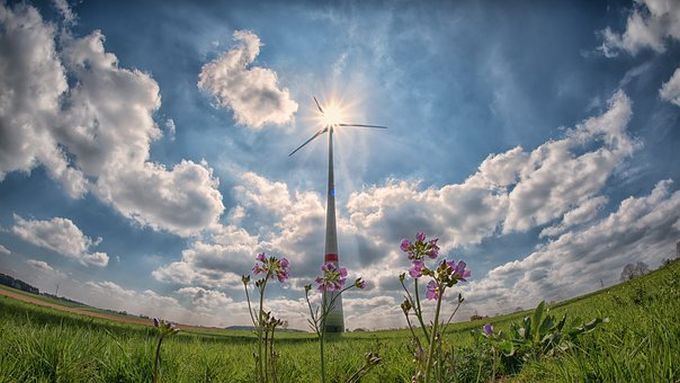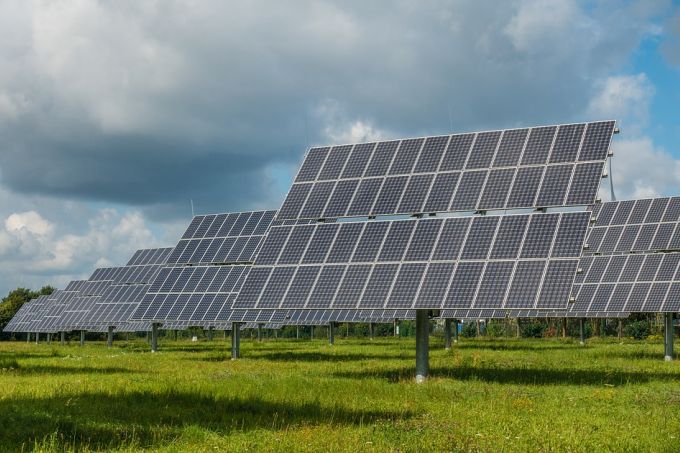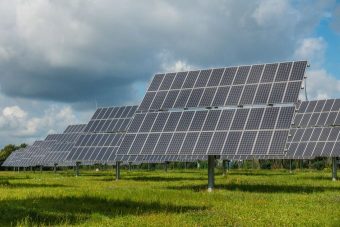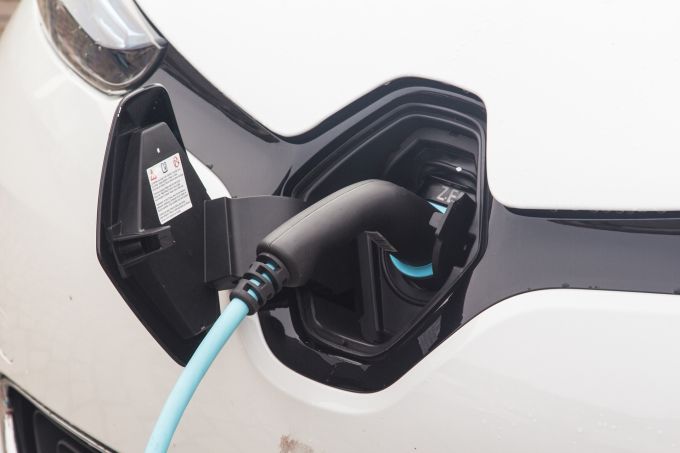
IKEA is urging customers to switch to clean energy by offering a 100 per cent renewables tariff deal it claims could potentially save households more than £300 a year on their electricity bills.
The Swedish retail giant has teamed up with the Big Clean Switch campaign to secure an exclusive 100 per cent renewable electricity deal for its customers if they sign up to collectively switch their energy supplier, in a move aimed at saving both money and emissions.
First revealed to BusinessGreen last year, IKEA’s clean energy switch campaign was initially aimed at employees, but has now been expanded today to also help customers switch to renewable electricity.
It follows Ofgem’s announcement last week of plans to trial collective switching with around 50,000 consumers with the aim of combatting the lack of consumer engagement in the retail energy market.
Hege Sæbjørnsen, sustainability manager at IKEA UK, said the move demonstrated that the firm’s commitment to sustainability went beyond minimising the environmental impact of its own operations to also include that of its customers.
IKEA has previously pledged to produce as much energy as it consumes in its own operations by 2020 as it works towards its aim of sourcing 100 per cent renewable electricity. Last year, renewable energy accounted for 41 per cent of the energy it used in the UK, Sæbjørnsen said.
“We want to provide our customers with innovative solutions that will help them live a more sustainable life at home and save money in the short and long-term,” she said. “By partnering with the Big Clean Switch, we hope to make switching to renewable electricity simple, accessible and affordable to everyone.”
Pre-registration for the clean energy tariff – which is only available until March 26 – opens today, with interested customers encouraged to sign up at the furniture retailer’s Save and Switch website.
When the campaign officially goes live on March 6, a network of renewable electricity suppliers will then compete to offer the best value deal, meaning the more people who sign up the better the deal is likely to be, according to the Big Clean Switch Campaign.
The non-profit has also previously worked with a group of local councils in Greater Manchester to encourage residents to collectively switch to 100 per cent renewable energy tariffs.
Jon Fletcher, campaign director at Big Clean Switch, said the non-profit’s aim was to be “a voice for change”.
“We want to give as many people as possible the opportunity to switch to renewable electricity and our partnership with IKEA is a big step forward in helping more people achieve this,” said Fletcher. “Every person who makes the switch plays a vital role in taking the necessary action to help reduce the impact of climate change.”
Source: businessgreen.com





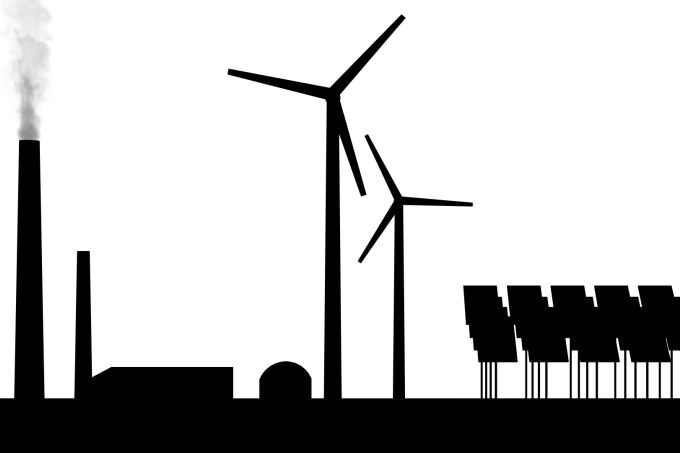





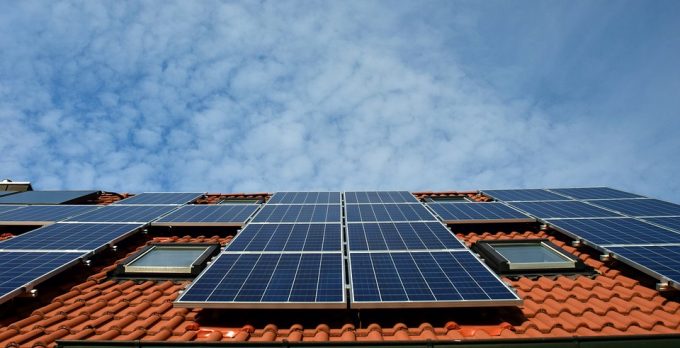
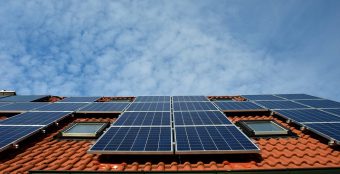



 However, the role of the Institute is primarily reflected in the supervision of regular controls of the correctness of drinking water and the implementation of measures to improve the quality of water supply.
However, the role of the Institute is primarily reflected in the supervision of regular controls of the correctness of drinking water and the implementation of measures to improve the quality of water supply.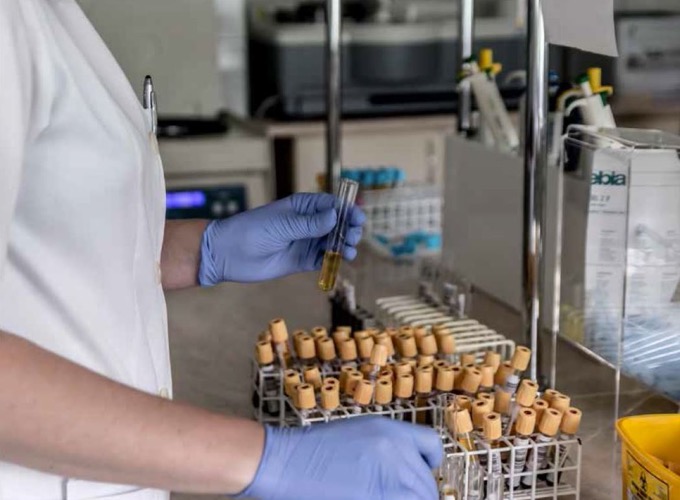
 “Batut” cooperates primarily with the network of institutes and public health institutes, which monitor the state of health and the state of the environment on the territory of districts.
“Batut” cooperates primarily with the network of institutes and public health institutes, which monitor the state of health and the state of the environment on the territory of districts. EP: What is the current situation in Serbia in the area of public health and the environment?
EP: What is the current situation in Serbia in the area of public health and the environment?



